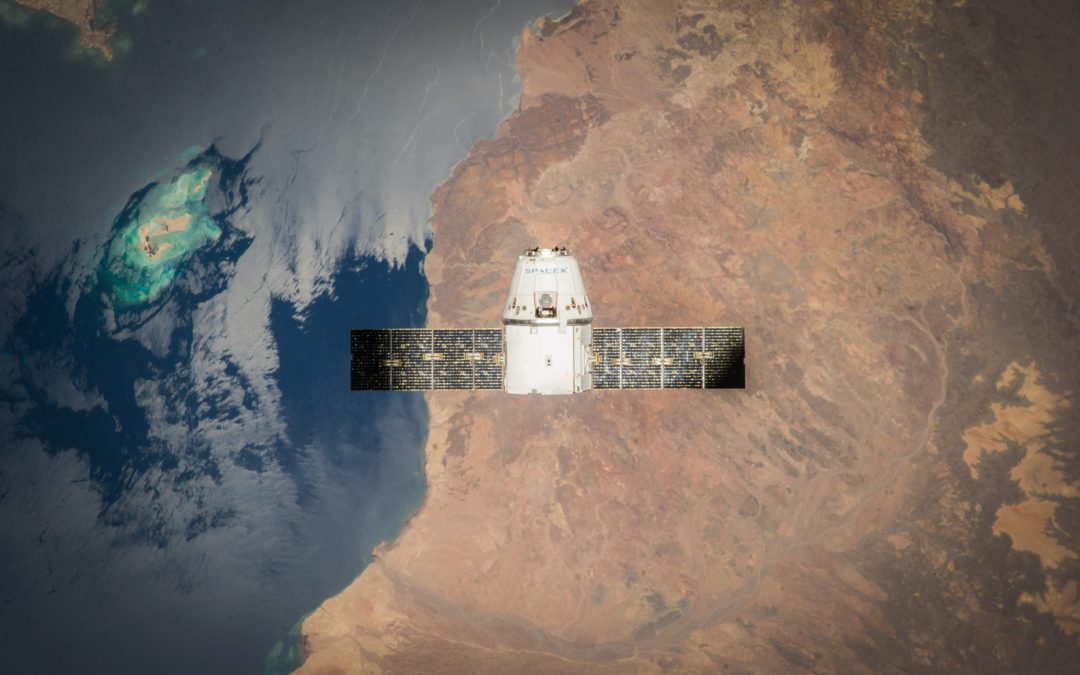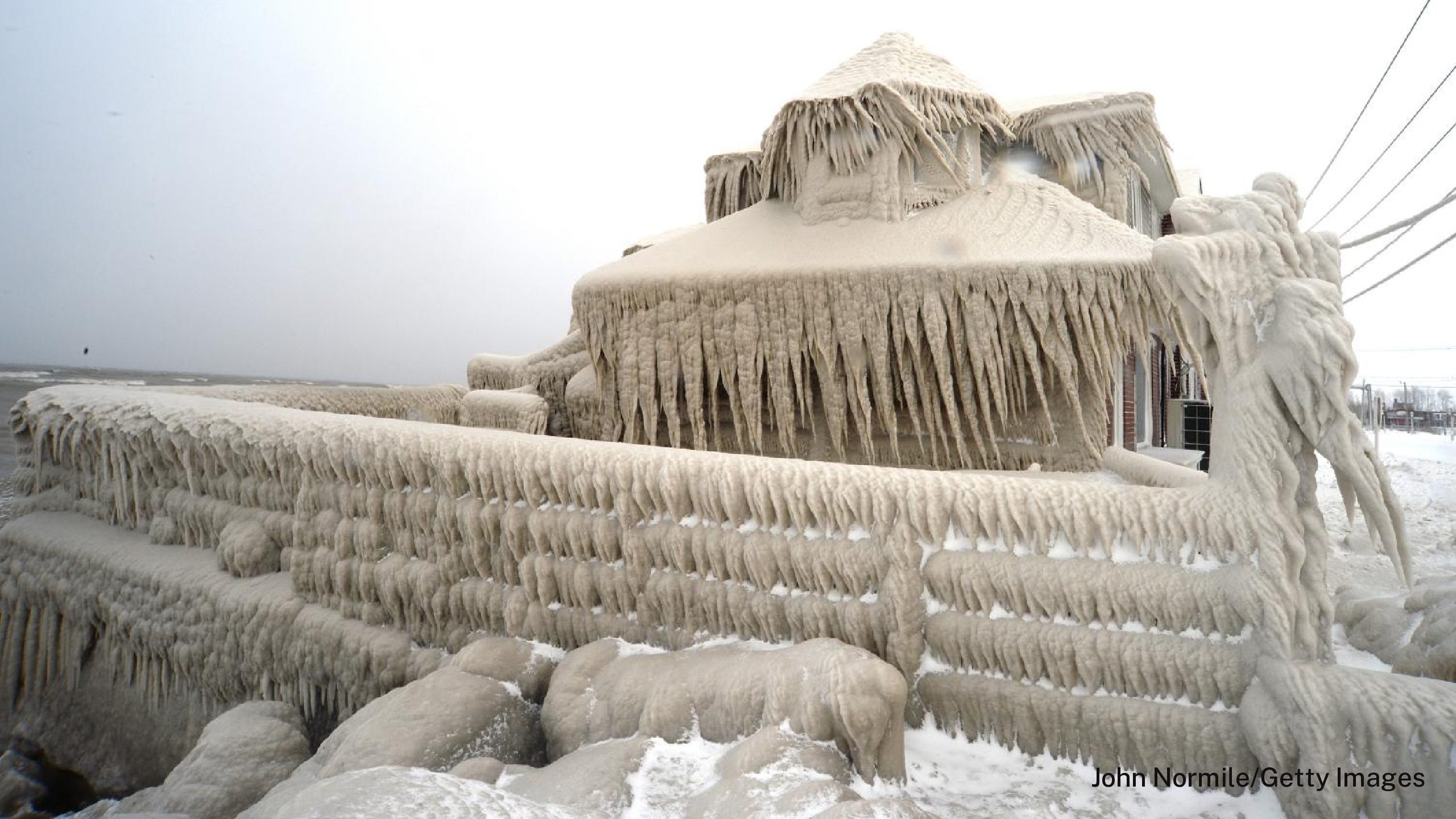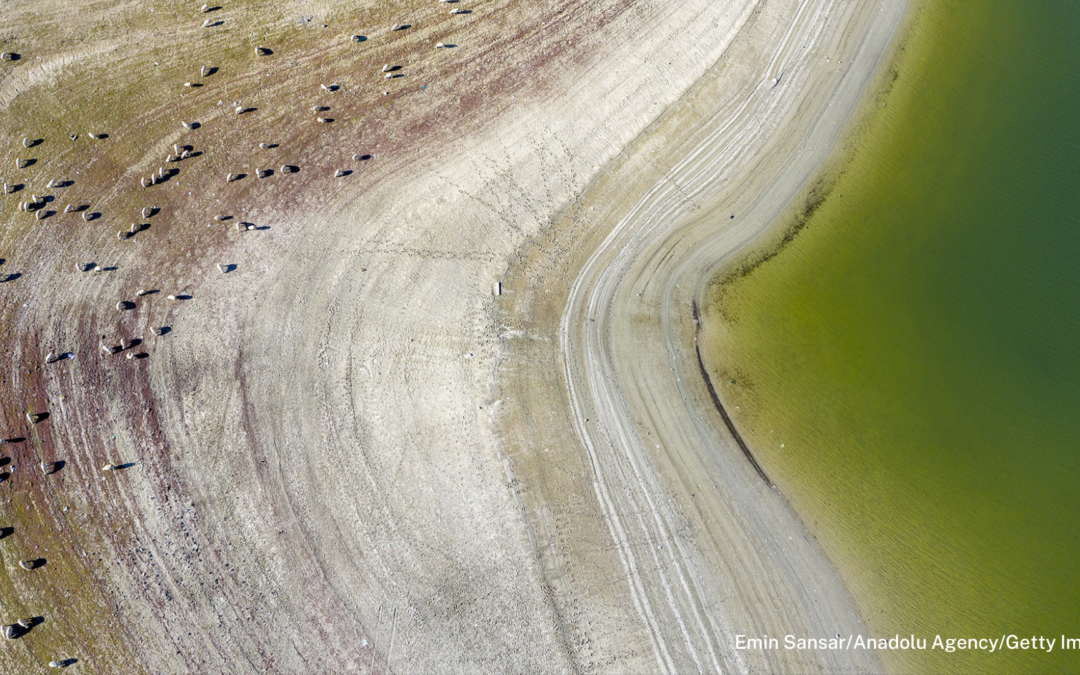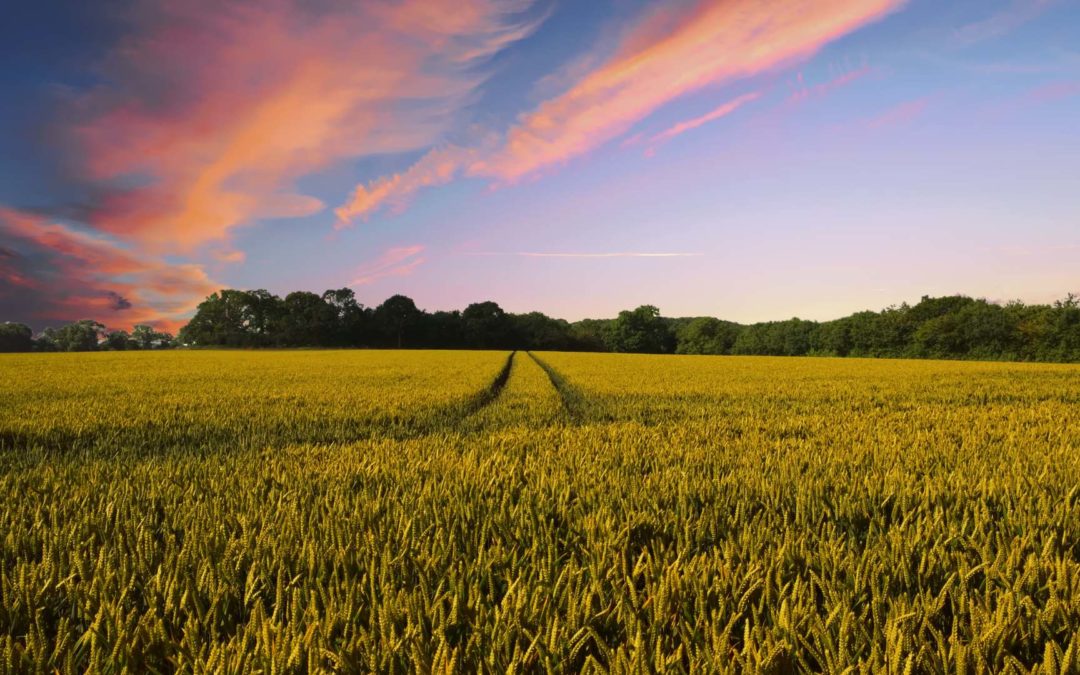


Predicting Climate Change Impacts with a Graph-Oriented Approach
An article written in collaboration with:Pierre Souchay, Chief Technology OfficerAna Pachon, Marketing and Communications managerClimate change is one of the most significant challenges the world is facing today, and understanding its impacts is critical to develop...
Freezing winters that paralyze while global warming takes its course
An article written in collaboration with:Jessica Vial, Climate ScientistDuring the winter of 2022-2023, North America experienced harsh weather conditions with dangerously low temperatures. Some of the notable events that occurred during this period include:- From...
Why Should Water Stewardship Go Beyond ESG Strategy?
An article written in collaboration with:Aniket Jalgaonkar, Climate Change LeadOphélie Touati, Innovation ManagerAna Pachon, Marketing and Communications managerWorld’s water resources are facing unprecedented stress because of population growth, economic development,...
How Extreme Weather Conditions Are Impacting the Agrifood Chain?
Written in collaboration with Christelle Castet, Head of Science and Ana Pachon, Communications Manager at AXA Climate.Extreme weather such as drought and heatwaves have a significant impact on crop yields globally, and the recent extraordinary winter drought in...
How will the agricultural value chains evolve as a result of climate change?
The summer of 2022 was a record-breaking season, marked by several heatwaves, forest fires and severe drought, foreshadowing alarming meteorological conditions in the near future.
